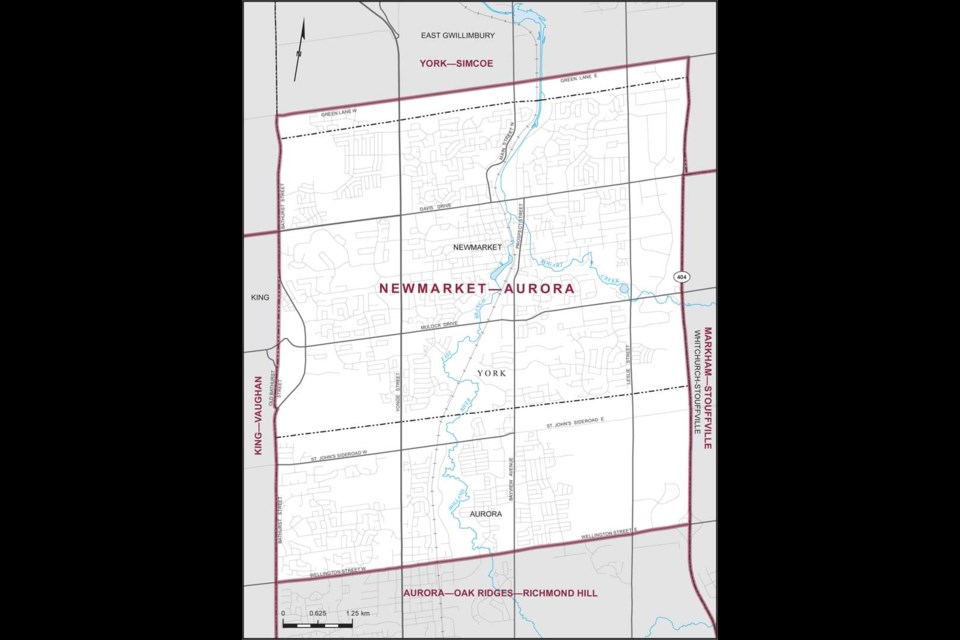Newmarket residents will go to polls Sept. 20 to vote for the country’s future within a hotly contested riding.
The Newmarket-Aurora riding has had close races in recent history between the Liberal and Conservative parties. With a short five-week election campaign and the leading parties close in the current polls, the area is set to become an electoral battleground.
The suburban riding is a major centre within northern York Region, containing several headquarters for major organizations, including the Regional Municipality of York Region. It features an extensive trail system and Newmarket's scenic downtown, which draws people from across the region. It also features one of the region's largest shopping centres in Upper Canada Mall, and a major hospital on the north side at Southlake Regional Health Centre.
Although the riding is predominantly comprised of Newmarket, it also takes in major sections of Aurora, including its town hall, community centre and recreational spaces, like the Aurora Sports Dome.
Here is everything you need to know about the Newmarket-Aurora Riding:
Where are its boundaries?
The Newmarket-Aurora Riding was formed in 2004, merging parts of the York North riding with the Vaughan-King-Aurora riding. The Town of Newmarket is located entirely within it.
The riding also features parts of East Gwillimbury and the northern part of Aurora, with the southern cutoff at Wellington Street West and East. However, the riding’s population is predominantly Newmarket, with the Town of Aurora split with the Aurora-Oak Ridges-Richmond Hill riding.
What are the demographics?
The riding’s population is approximately 117,420 based on 2016 census data. It features an above-average median household income of $98,293.
In the census, about 38 per cent of people identified as a member of a visible minority (32,040 people), with the largest category being Chinese (10,055). Other minorities include South Asian (4,695), West Asian (3,115) and Black (3,110), among others.
The average age of the population was 39.1 in 2016, with 18.5 per cent of the population 14 or younger, and 13 per cent as 65 or older.
What is its voting history?
Newmarket-Aurora is a swing riding, with totals close enough for the vote to potentially change each election.
In the past four elections, the riding has gone the way of the party that won the House of Commons. The riding elected Conservative Lois Brown in 2008 and 2011, with the Conservative Party winning both elections.
But the vote shifted in 2015, with Newmarket-Aurora voting Liberal Kyle Peterson to join a Liberal Party majority. The vote went Liberal again in 2019, this time for incumbent Liberal MP Tony Van Bynen and a minority Liberal government.
The past two elections have featured close votes. Peterson edged Lois Brown by 1,451 in 2015, less than three per cent of overall votes. In 2019, Van Bynen won by a wider 4.7 per cent margin, 2,878 votes.
In its first two elections of existence, Newmarket-Aurora voted for Belinda Stronach, as a member of the Conservatives in 2004, and then again in 2006 after she crossed the floor to join the Liberals. Stronach was a member of the Opposition both times.
Who is running this year?
Incumbent Liberal MP Tony Van Bynen is running for re-election.
The Conservatives have opted to for a new candidate, Aurora Deputy Mayor Harold Kim, who won a nomination contest over Lois Brown.
Yvonne Kelly is the NDP candidate for the third time.
Tim Flemming is the Green Party candidate.
The People's Party of Canada were running Lana Morgan, but swapped their official candidate to Andre Gagnon.










